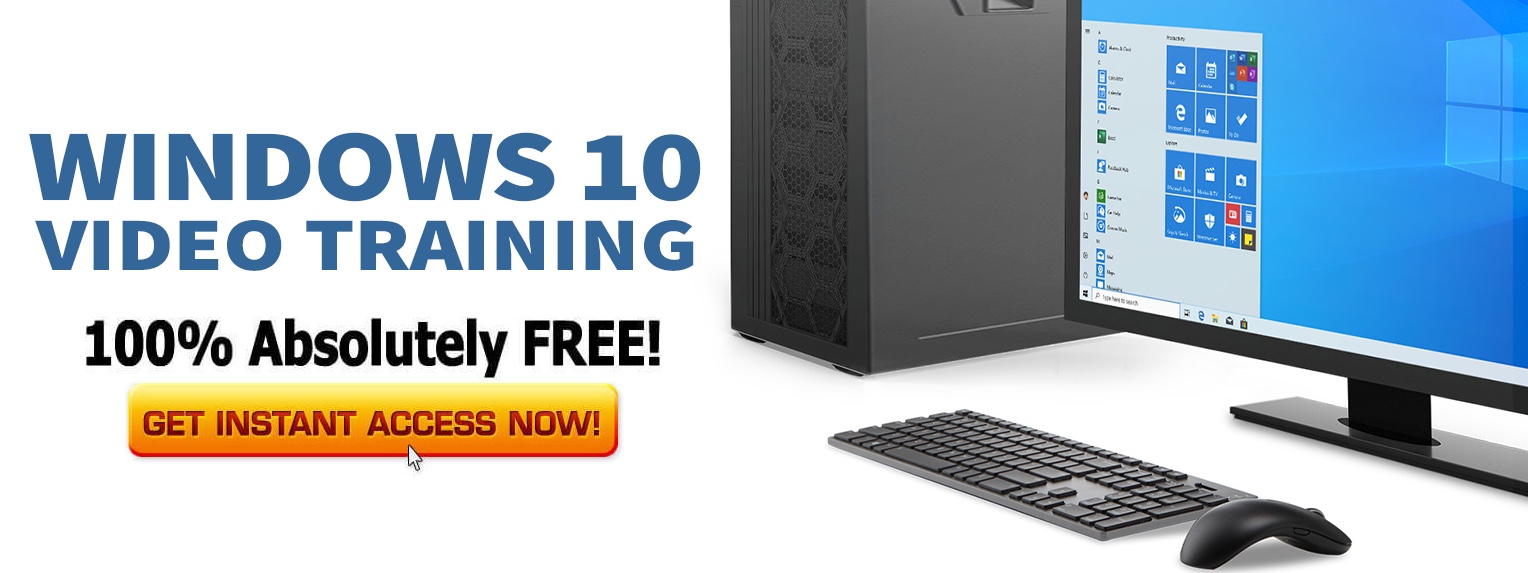Applications in Office Microsoft Office is a suite; a collection of applications, grouped together for productivity purpose. You may buy the whole Office suite, or selective applications from the suite. Now, let us over the Office applications briefly.
Microsoft Word
Word is the word processor component of Office. Primarily used to write text-formatted documents, you can also embed non-textual data like images, graphs, etc. Overall, you can cover any form of printable data in a Word document. It provides a plethora of features like built-in spell checker, dictionary, innumerable text-formatting utilities (font formatting, bullets, numbering, indenting, heading formats, highlighting, etc.), tables, pictures, drawing shapes, WordArt, charts, etc.Microsoft Excel
This is the spreadsheet component of Office suite. It is all about filling your data in tabular form, and creating statistical charts based on the tables. Add to this the ability of formatting the data using a lot of utilities, and Excel becomes irresistible. Its automation is one of the best-selling points – you fill the data and provide some formulae; then you can ask Excel to calculate the results for you.Microsoft PowerPoint
It is the presentation component of the Office suite. Very popular to create presentations, it provides lots of utilities to enrich a slide show. You can embed pictures, sound clips, video clips, etc., to presentation slides. You can create links between random slides, thus enabling them to slide in a non-linear from. The sliding itself can be animated using various slide transitions. Besides slide transitions, you can also set the order and animate the appearance of data stuffed in a slide.Microsoft Outlook
This application acts as the personal information manager (PIM) of the Office suite. You can organize your personal information like calendar reminders, contacts, tasks, note taking, mails, etc. However, it is mainly used to manage e-mail, followed by contact management. One of the main advantages of using Outlook is its ability to sync seamlessly with Microsoft Exchange Server, an application used by enterprises to manage internal mails, contacts, calendars and tasks. In the mail department, you can manage multiple mail accounts. It also supports rich text formatting, and thus is able to render mails in HTML format.Microsoft OneNote
You can consider OneNote an epitome of note-taking. The content of a note doesn’t limit to handwritten or typed formatted text; you can embed drawings, audio and video clips. However, the true advantage of OneNote is its multi-user collaboration. You can share notes over internet to any number of users you want. Also, Microsoft has provided multi-platform abilities for editing notes – Windows, iOS, Android, Windows Phone, Symbian, and, of course, web. OneNote has a concept of a Page, acting as a single note. Several Pages can be grouped together into Sections, which in turn, can be organized together as a Notebook. This hierarchical organization of notes puts OneNote ahead of other note-taking software.Microsoft Access
The database management system of Office suite, it provides an elegant user interface to create and manage databases. It is an awesome option for novice users who just want a simple database, but don’t want to meddle in programming. You can use databases created in Access as back ends to an application, where the application can extract data from the database. Besides the graphical interface, it also gives a powerful programming interface for database management.Microsoft InfoPath
InfoPath can be used to create and manage electronic forms. Its philosophy is to keep data separated from its formatting. Thus, it has a designer area, where you create a visual form using various design controls like radio button, text boxes, labels, etc., and a document editor that can store the data of the form in a structured format. Also, the data is stored in the popular XML format. The controls used in the form let you implement validations on the data.Microsoft Visio
This application specializes in creating complex diagrams. Whether you’re creating an organizational chart, network diagram, business process, or technical drawing, Visio is the best deal out there.Microsoft Project
It is a project management software. A project manager can manage various team activities like plan development, resource allotments, task management, task division, tracking progress, budget management, etc., all at one place – Microsoft Project.Office Web Apps
Riding on the wave of web-based applications, Microsoft has release web counterparts to their five popular desktop Office applications – Word, Excel, PowerPoint, OneNote and Outlook. They don’t provide all the features provided by their desktop counterparts. However, they do an impressive job given their web-based nature. The web apps reflect the user interface of their desktop counterparts, thus providing a similar user experience.Office 365
It is a set of online services provided by Microsoft for Office suite. You can fill monthly subscription fees in exchange of online Office services. You may also subscribe to desktop Office applications in some subscription plans. Following cloud-based products are offered in Office 365.- Microsoft Exchange Online
- Microsoft SharePoint Online
- Microsoft Lync Online
- Office Professional Plus
- Office Web Apps


a vida é bela e facil quando ama a quem te ama!
OPERA???….
nice 2009 pics..!
never heard anything about microsoft info path, visio and project… 😀